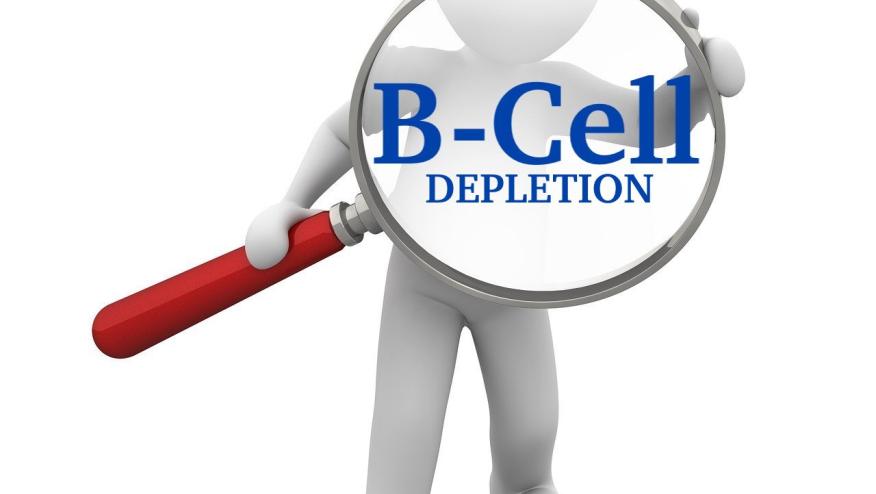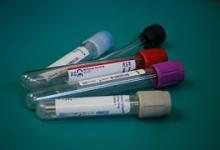Taking a closer look: B-Cell depletion beyond the blood Save

At ACR 2025, we have seen an exciting wave of cellular and immune therapies reshaping the landscape of autoimmune disease treatment. Following the landmark case series by the Erlangen group, multiple cellular therapies have entered the race—each with unique targets, constructs, and mechanisms. Yet, a fundamental question remains: How deep is the B-cell depletion?
In clinical practice, peripheral blood counts often serve as our surrogate for depletion. But these may only tell part of the story. Persistent autoreactive B cells can reside in the lymph nodes or other target tissues, evading detection and potentially driving relapse.
Abstract 2695 took a deep dive into this question, using ultrasound-guided lymph node biopsies before and after treatment across a range of B-cell–directed therapies, including T-cell engagers and CAR-T. The investigators evaluated not only B-cell presence but also lymph node architecture.
The findings were striking. In the peripheral blood, nearly all patients, except one treated with blinatumomab, achieved B-cell depletion. However, in the lymph node tissue, a different picture emerged. CD19 CAR-T therapy resulted in complete B-cell depletion, eliminating both CD19+ and CD20+ cells and causing total disruption of the follicular architecture. Obinutuzumab demonstrated robust depletion (CD20 −92%, CD19 −96%), with one patient showing complete lymph node disruption. Rituximab achieved slightly less extensive depletion (CD20 −86%, CD19 −86%), while blinatumomab showed a modest effect (CD20 −69%, CD19 −47%).
When lymph node findings were paired with clinical outcomes, a consistent theme emerged: complete B-cell and follicular disruption correlated with sustained drug-free remission, whereas incomplete depletion often led to relapses and the need for re-treatment.
As cellular therapies continue to evolve, these findings underscore a critical need: developing objective, tissue-based biomarkers to assess treatment response. Understanding not just whether B cells disappear, but where they persist, may hold the key to achieving durable remission in autoimmune disease.
Lingering questions arise, including the optimal timing of lymph node biopsies in the context of lymphodepletion, the potential need for repeated biopsies to evaluate “immune reset” and naïve B-cell repopulation, and the best strategies for managing individuals who have undergone immune reset, particularly as it relates to immunization and long-term clinical monitoring.










If you are a health practitioner, you may Login/Register to comment.
Due to the nature of these comment forums, only health practitioners are allowed to comment at this time.